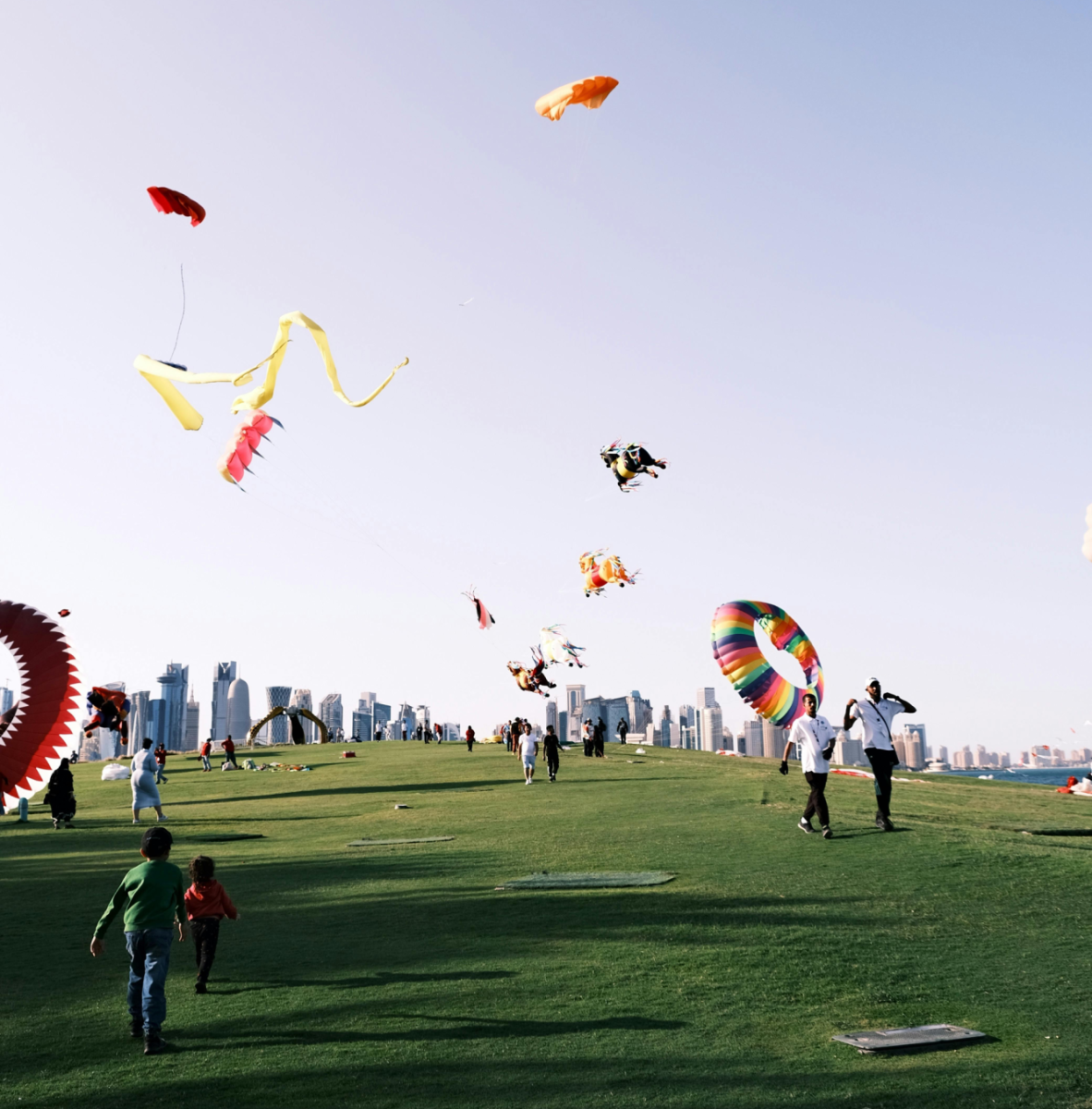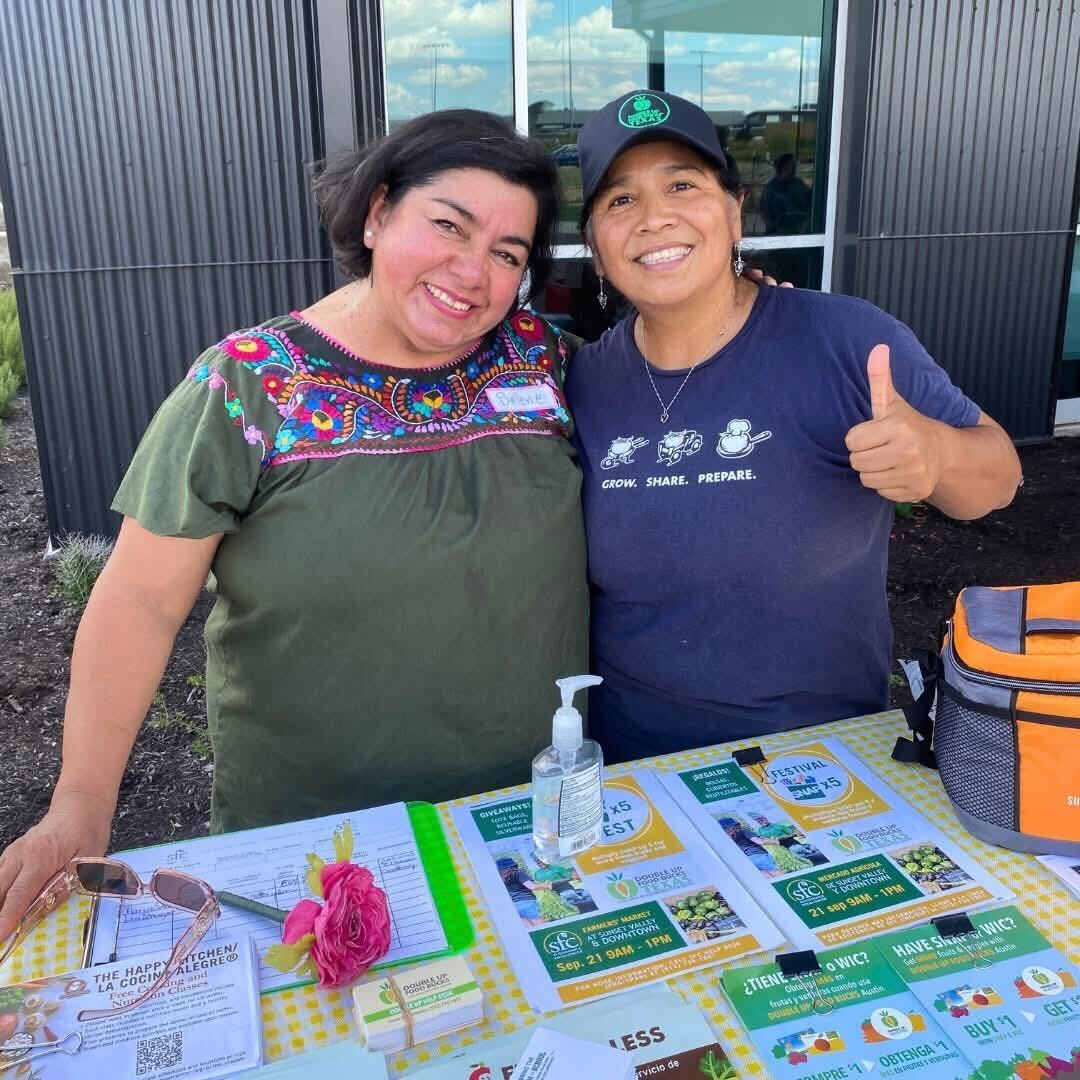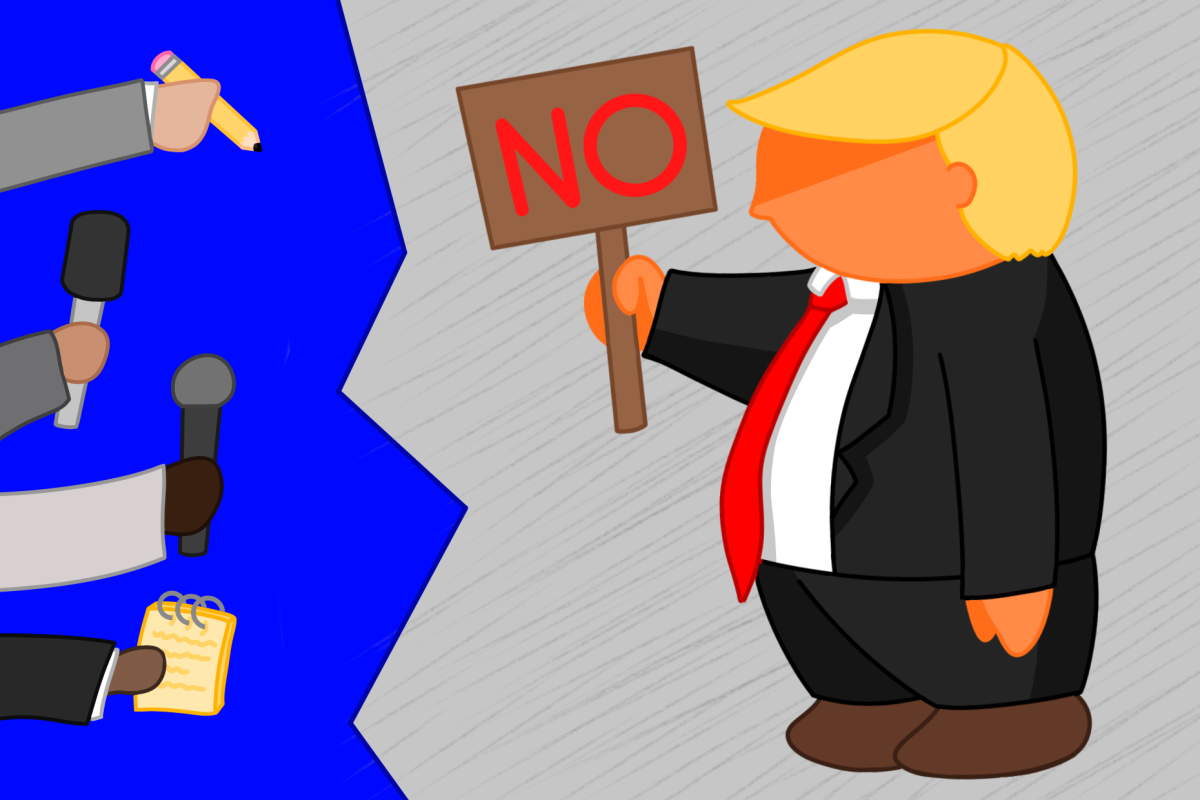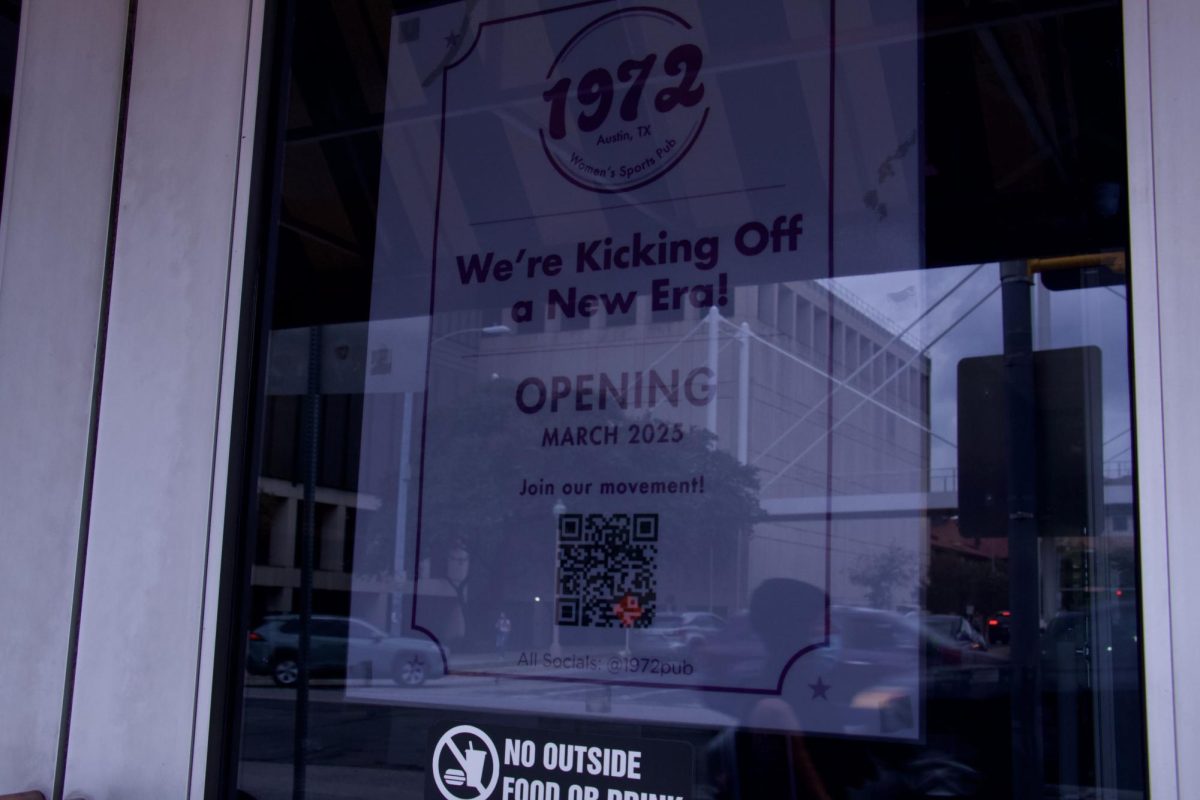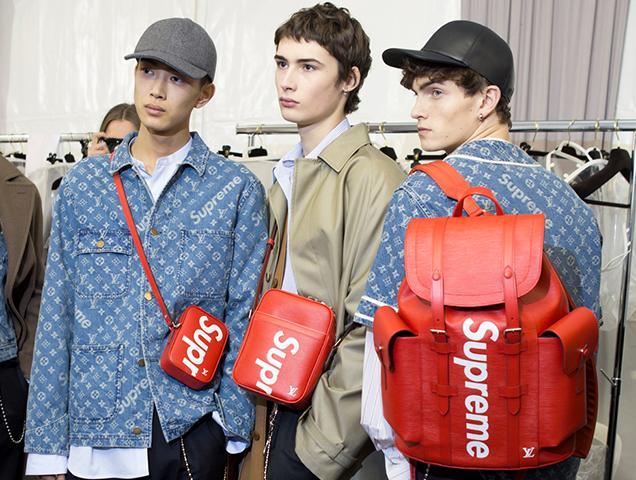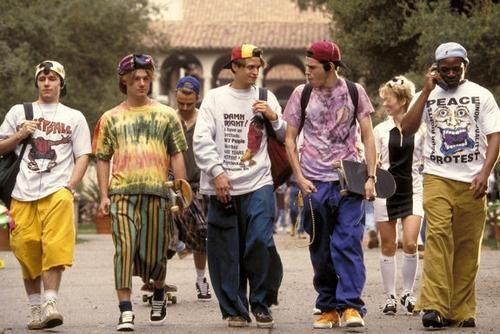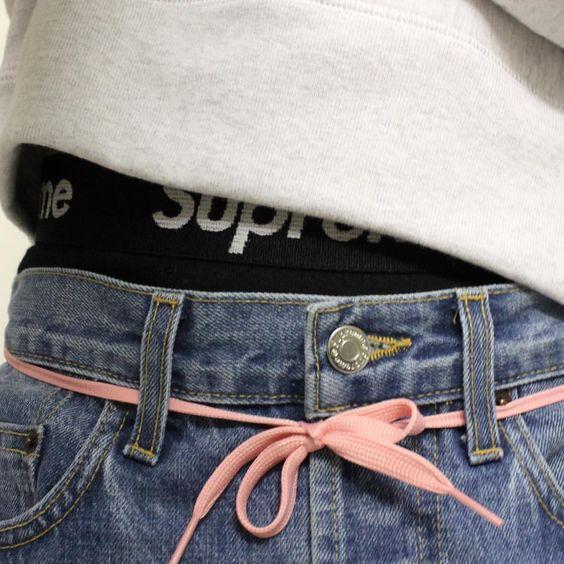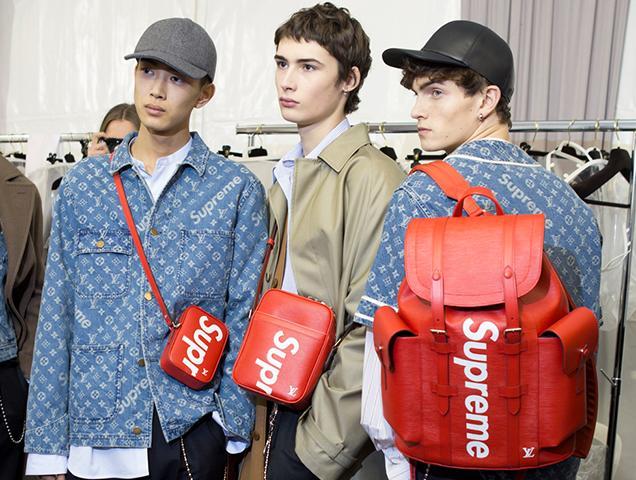From Superstars and Sk8-his to black skinny jeans, skate style has found a place within people’s everyday wardrobe whether skaters like it or not.
Story by Liam Alteneder
The Adidas Superstar might be one of the most popular shoes on campus right now, but when did the ‘90s skater shoe become a preferred choice of everyday footwear? Through the intermingling of stylists and skaters in New York City and Los Angeles, the blending subcultures of skating, street style and the celebrities that accentuated these trends, the “skater look” has infiltrated the fashion industry with no intention of leaving.
But what exactly defines skate style? Skating style has transformed through the decades, but a few aspects have endured the test of time. The flat-bottomed shoe is not necessarily a style choice. The traction needed in order to skate is dependent on a flat rubber sole paired with a board’s duct tape. The oversized shirts and pullovers that originated from skaters surfing the sidewalks have become a nationwide trend, now seen in long-cut H&M shirts and baggy Yeezy sweaters.
Image courtesy of Fashion Grunge.
The super skinny jean, which exploded in the skateboarding scene in 2008, spread like wildfire and is still huge today. The battle between style and functionality resulted in accessories that include the shoelace belt, which started out as a way to keep your pants up without getting hit by the buckle. The hype got so real that professional skateboarder Rob Dyrdek even started selling his own line.
Photo courtesy of CECE-CECI.TUMBLR.COM.
That being said, now more than ever, we see a mainstream culture growing with skate style. The Supreme x Louis Vuitton line, a recent collaboration between the well-known New York skate brand and one of the biggest designer brands in the fashion industry, provides a perfect example of the bridge between fashion and skating. Collaborations between these kinds of companies could invite further “appropriation” of the streetwear/skater brand in the fashion industry. Though this collaboration could be seen as the skate brand solidifying its place in the fashion world, some New York skaters were not thrilled about it. Women’s Wear Daily took to the streets to see how these skaters felt about the collaboration: “They started the brand as a f–k you to fashion, and now they’ve become it,” says one anonymous skater who feels “exploited” because the clothes that signify who they are have started to go through the “luxury assembly line.”
Photo courtesy of IMAXTREE.
Vogue Skate Week is another example of the industry getting its feet wet in the skater’s world. Major style publications like Vogue may keep the skater style trendy for years to come, but headlines like “Here’s How to do Skater Style like a Model” do not necessarily resonate well with the skating community. Many skate blogs spoke out, saying that skating is not just a way of dressing but a culture in itself and that the magazine was speaking on something they were oblivious about. Vogue further solidified their ignorance on the culture of skating when they mistakenly called kick-flips “flip-kicks.”
Regardless of your feelings on skatewear, this trend in the industry shows no sign of going anywhere, so practice your “flip kicks” and get out there!




